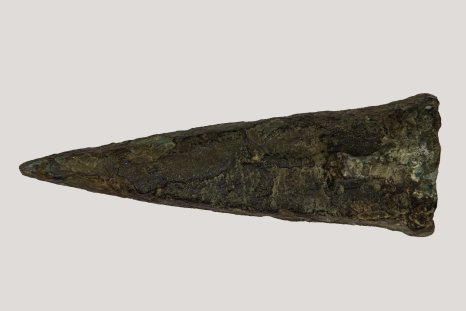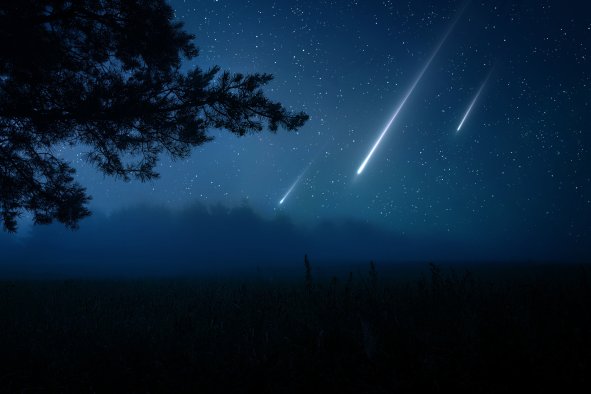A mysterious human face carved from stone has been discovered in Kazakhstan, archaeologists announced on Wednesday.
The "unique" relief was found was found in the in the Akmola region in the north of the Central Asian nation, a Facebook post from the Margulan Institute of Archaeology reported.
The artwork is carved into a granite boulder located in the upper party of a rocky outcrop, according to archaeologists.
The face measures roughly 10 inches by 8 inches and is "well-designed", the Margulan Institute Facebook post said.
"All the details are clearly visible—large eyes, a long straight nose, wide lips," the post said.
Researchers also documented a stone stele, in a collapsed state, next to the face carving. Stelae are carefully shaped stone slabs, made to be set vertically, that feature decorations or inscriptions on one of their faces.
In this case, the stele measures more than 6 feet in height and around 3 feet wide, featuring a poorly preserved image of a deer with large antlers on one side.
According to the archaeologists, the carved human face and stele were part of a complex intended for ritual practices. But the meaning and purpose, as well as the age, of the finds remains unclear.
Sergey Yarygin, a leading scientist from the Margulan Institute, told Kazakh news outlet The Astana Times that carvings similar to the human face have been found at Bronze Age sites across Central Asia and Eastern Europe.
But analogous images are also seen from the early Iron Age of southern Siberia, as well as medieval Turkic cultures that spread across the Eurasian steppes. As a result, the carving could have been produced in a variety of historical periods.
Last year, archaeologists announced the discovery of a pyramid structure in Kazakhstan that is thought to be more than 3,000 years old.
The monument, known as the pyramid of Karazhartas, was uncovered during excavations conducted along the Taldy River in the Karaganda region in the center of the country.
The pyramid was constructed by the Begazy-Dandibay culture, which emerged in central Kazakhstan during the late Bronze Age. This culture consisted of semi-sedentary communities primarily based on metallurgy and animal husbandry.
These communities achieved a relatively high level of economic prosperity thanks to the metal trade that extended to various parts of Eurasia. The high profits from metal exports created a new aristocratic class among the Begazy-Dandibay communities.
The pyramid of Karazhartas was constructed as a mausoleum for a representative of this aristocratic class, historian Serhan Cinar and archaeologist Aybar Kasenali—one of the coordinators of the excavations with the Kazakh National Museum—previously told Newsweek.
Do you have a tip on a science story that Newsweek should be covering? Do you have a question about archaeology? Let us know via science@newsweek.com.
Disclaimer: The copyright of this article belongs to the original author. Reposting this article is solely for the purpose of information dissemination and does not constitute any investment advice. If there is any infringement, please contact us immediately. We will make corrections or deletions as necessary. Thank you.



